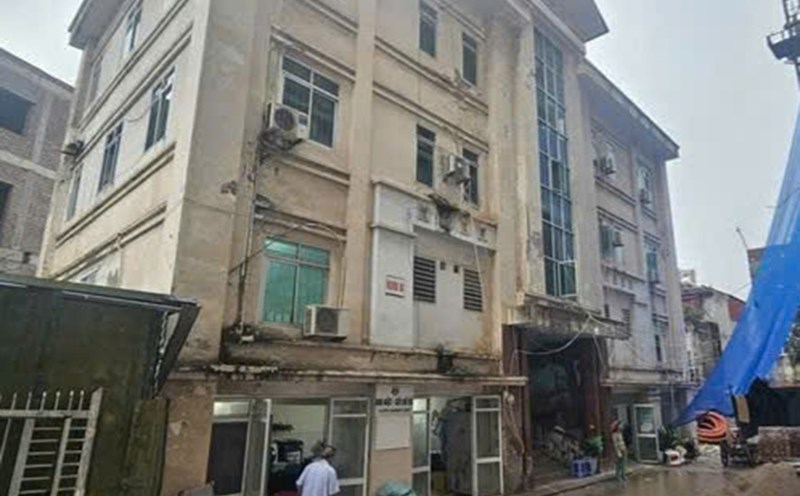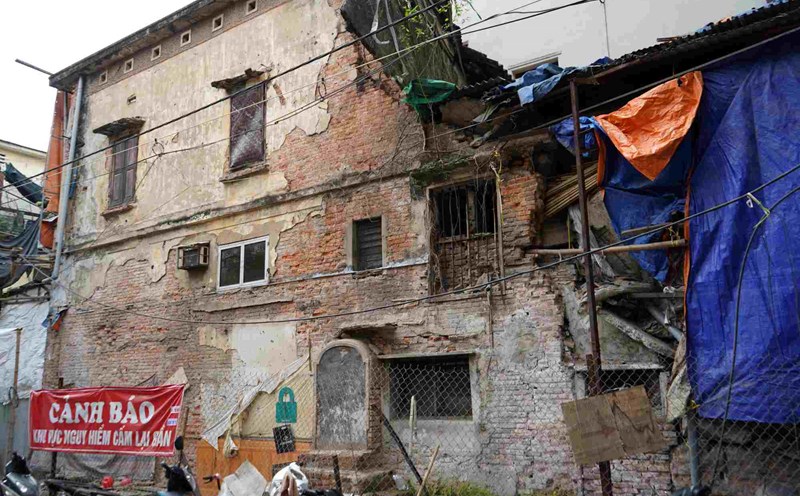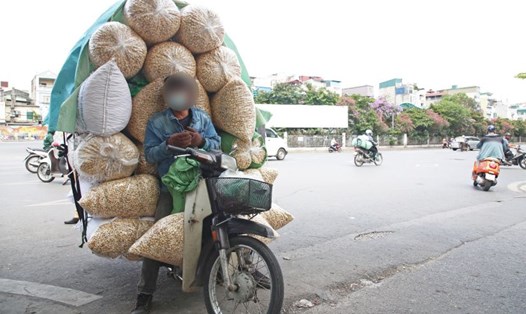Environmental impacts are clear
According to the Institute of Transport Strategy and Development (Ministry of Transport), in the period 2005-2022, the growth of motorbikes in our country reached an average of about 9.1%/year. To date, the number of registered motorbikes nationwide reached about 69.2 million and the number of motorbikes in circulation reached about 45.5 million.
In big cities like Hanoi and Ho Chi Minh City, motorbikes are still the main means of transport. According to statistics in 2020, motorbikes and scooters in circulation in Hanoi accounted for 84%, in Ho Chi Minh City accounted for 91% and in Da Nang accounted for 90% of all types of transport.
In the period 2025-2030, motorbikes are forecasted to remain a popular and common form of personal transport; however, this is also the vehicle that emits the largest amount of emissions into the environment.
According to the results from 3 emission measurement programs for motorbikes and scooters in 3 cities: Hanoi, Ho Chi Minh City and Da Nang, vehicles over 5 years old tend to exceed current emission standards and vehicles over 10 years old have a very high emission rate.
Meanwhile, vehicles over 10 years old in all three cities account for over 50% of the total number of motorbikes and scooters in the area. Specifically, in Hanoi it accounts for 72.58%, in Ho Chi Minh City it accounts for 68% and in Da Nang it accounts for over 59%.
Analysis from professional agencies shows that a motorbike in operation will emit 80-90% of CO and NO, 50% of NOx in the total emissions of motor vehicles. Worryingly, during operation, old vehicles emit many times more toxic gases into the environment than vehicles that are regularly maintained.

Sharing at the seminar "Controlling motorbike emissions - returning a clean green environment" organized by Lao Dong newspaper, Dr. Hoang Duong Tung - Chairman of the Vietnam Clean Air Network said that we have identified the harmful effects and impacts of emissions from motorbikes and scooters on the environment and human health. Not to mention, many countries in the world have long implemented emission control for these types of vehicles and have achieved positive results.
"In fact, people are now aware of the harmful effects of fine dust, the air pollution index, and the causes of pollution... Therefore, it is incorrect to say that people are not aware of how emissions from motorbikes, especially old motorbikes, affect the environment.
The authorities have also widely published research on the emission levels and environmental impacts of motorbike exhaust. I think it is time for us to get involved and immediately implement emission testing for this type of vehicle," Dr. Hoang Duong Tung shared.
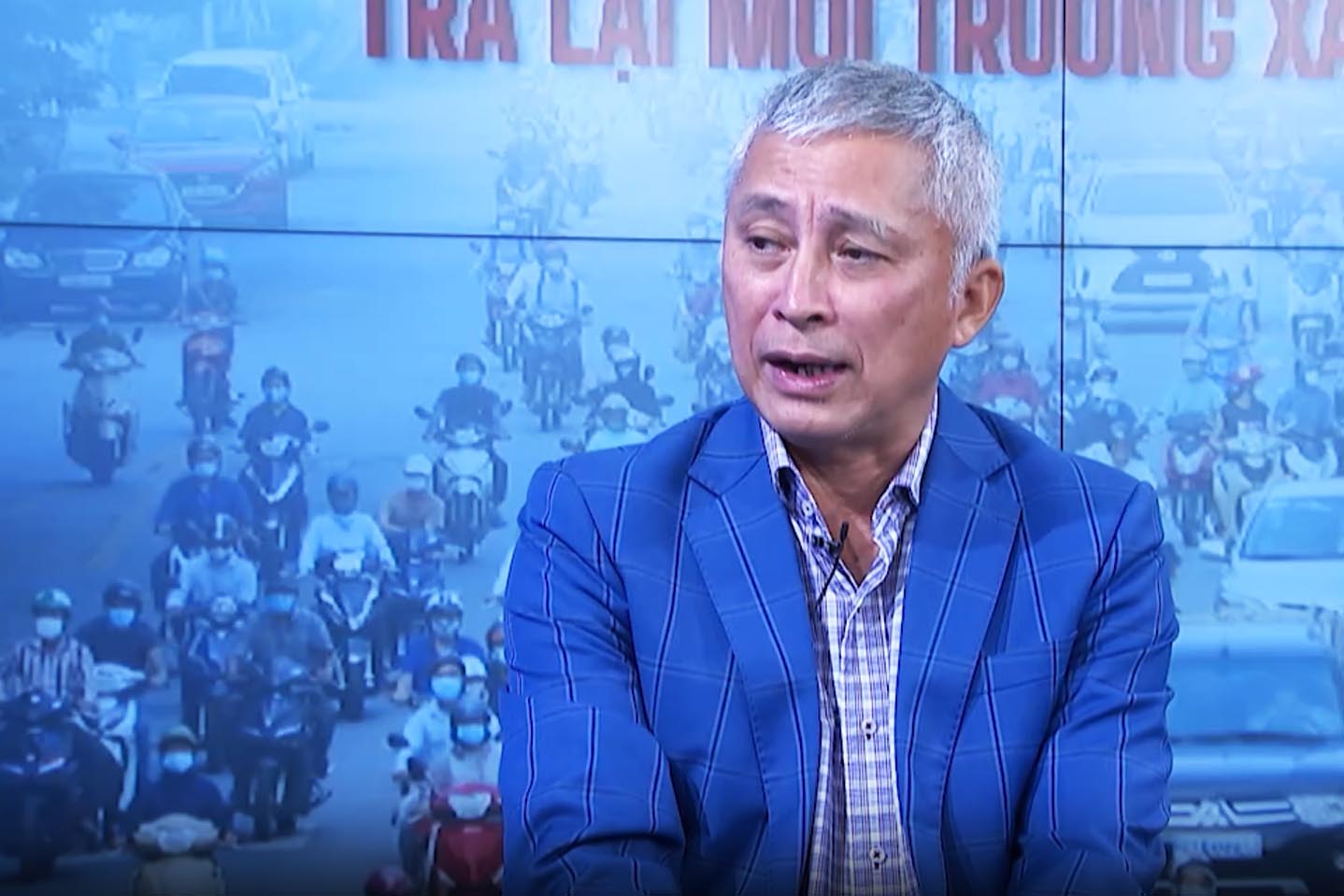
According to Dr. Hoang Duong Tung, the more vehicles there are, the more difficult it is to control. The problem now is what is the inspection process, where to inspect, how much does it cost, which unit will carry it out...
Need a clear and suitable roadmap
Sharing the view that it is necessary to soon implement emission inspection for motorbikes and mopeds, however, Dr. Nguyen Xuan Thuy - former Director of the Traffic Publishing House said that how to inspect is a difficult problem. There should be a support policy for vehicle owners when their vehicles do not meet inspection standards.
"There must be necessary and sufficient conditions. When implementing, it must be done in a way that does not disrupt people's lives, does not waste time, is not complicated, or complicates the problem... then people will support it," Dr. Nguyen Xuan Thuy shared at the seminar "Controlling motorbike emissions - returning a clean, green environment".
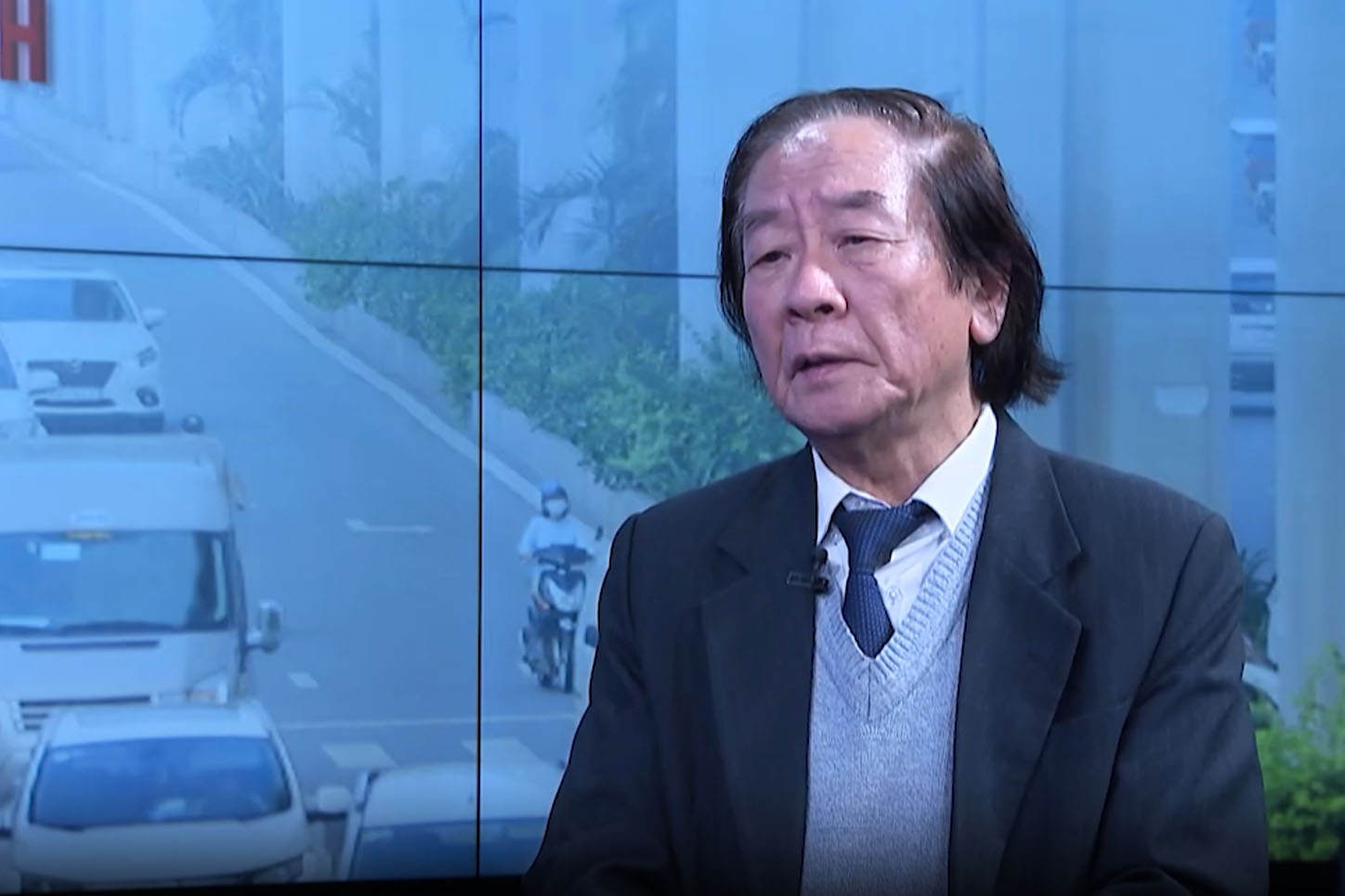
According to experts, the inspection needs to be piloted and then expanded if effective. Accordingly, it is necessary to focus on doing well in big cities where there are many vehicles, then implementing it in other areas will be easier.
"In remote mountainous areas, the number of vehicles is still low, and emissions into the environment are not high, so we can extend the progress of emission control in these areas. However, when vehicles from that area move into the city, they need to have an inspection sticker. Therefore, it is mandatory to have a legal framework and sanctions...", Dr. Hoang Duong Tung shared.
Motorbikes are expected to remain a popular means of transport in the coming years, but the rate will gradually decrease if public transport can meet people's needs.
According to Dr. Nguyen Xuan Thuy, when the urban railway network is completed, by 2030-2040, about 40-45% of people will use public transport, the density of private cars will increase according to the law, motorbikes will continue to be used by people but the rate will decrease to only about 30-40%. This is a fairly ideal number that we need to overcome the current increasingly severe traffic congestion crisis, as well as reduce environmental pollution.



